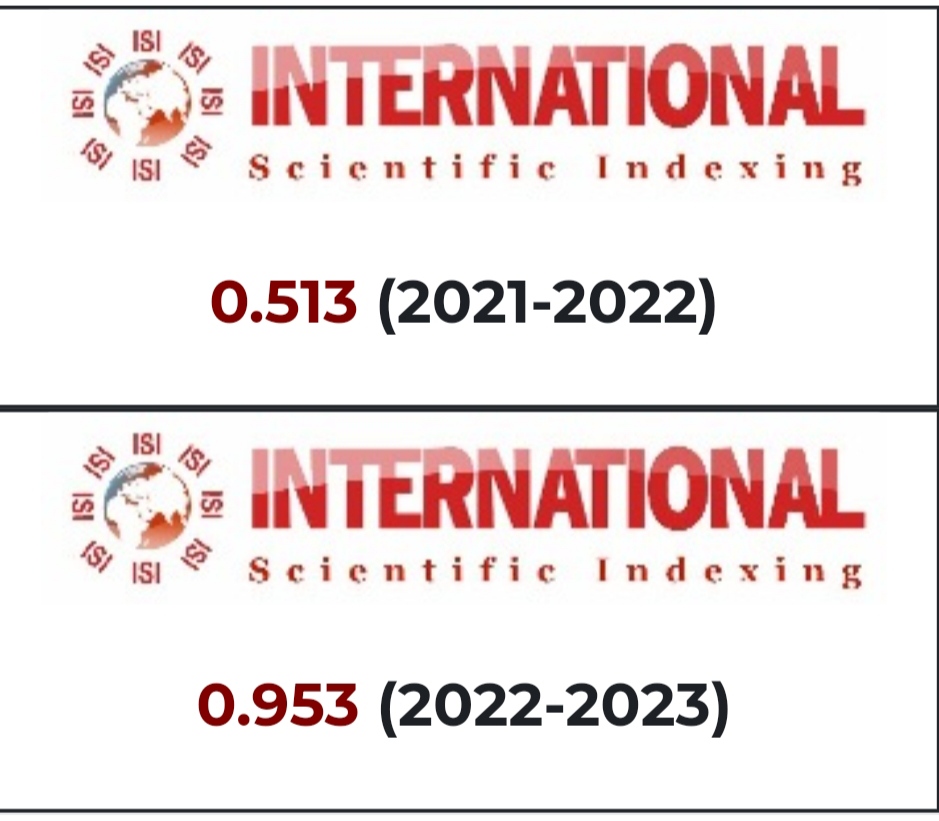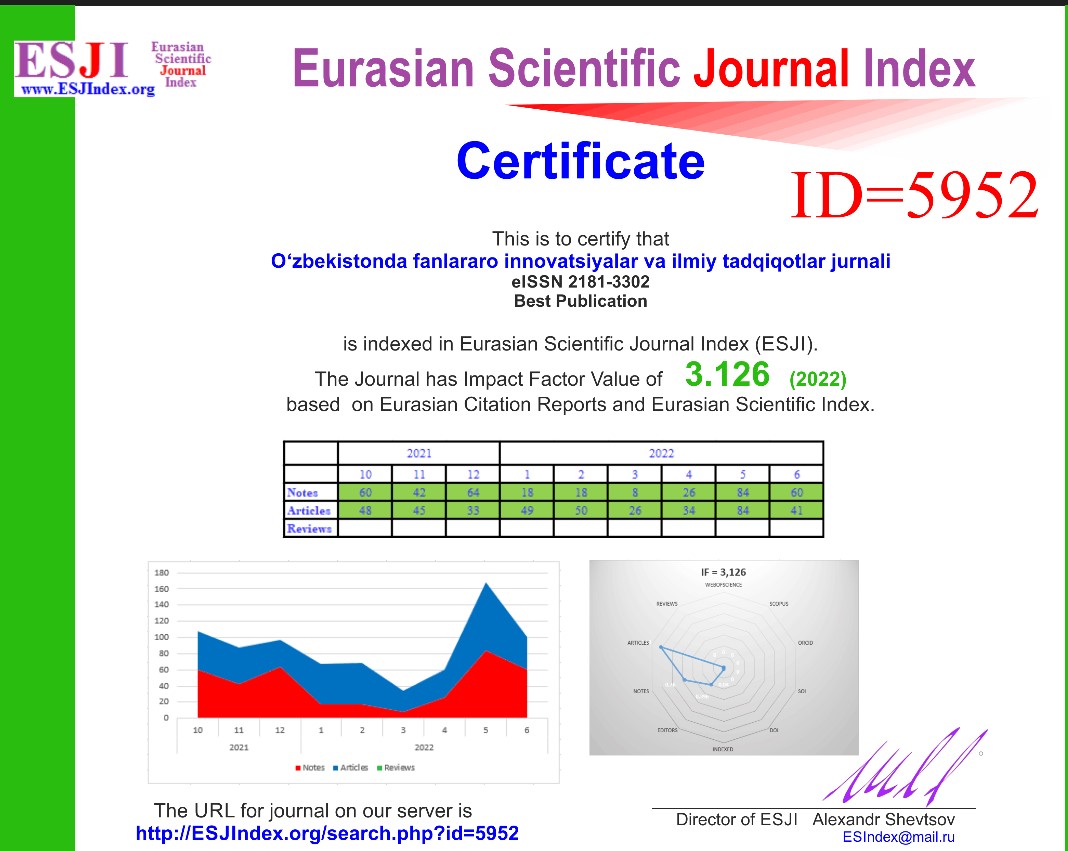THE END OF THE 16TH CENTURY - AT THE BEGINNING OF THE 17TH CENTURY THE FORMATION OF ENGLISH COLONIALISM
Abstract
England period 1580-1620s. became the time of the first "trial and error" in the colonial field, attempts to establish settlements in the New World and interest the audience in its development. The choice of this chronological interval, the most important for our work, is not accidental. During these years, all the attention of interested parties was focused on the Virginia Colony - the first real project that involved the creation of long-term English settlements in the New World.
References
In the dedication, Hakluyt addressed Sir Francis Walsingham, a member of the Privy Council known for his
tough stance against Spain.
Hakluyt was born in 1552/3 in London, into a noble family. Orphaned early, he was taken under guardianship by his half-brother, a lawyer. He graduated from Westminster School, Oxford (MA, 1577), in 1580. He took the priesthood. Known for his mathematical courses, he taught the art of navigation at Christ Church until 1586. Together with his brother, Hakluyt took an active part in the activities of the Moscow Company, repeatedly advised agents who went to Muscovy; in 1578 he helped with the preparation of Gilbert's expedition. Under the influence of Raleigh, he became interested in the idea of colonizing America, from 1580 he translated continental authors (J. Cartier, Las Casas, prepared a new edition of P. Martyr's Decades of the New World).
F In preparation for repelling the Invincible Armada, all ships were mobilized, including the flotilla,
which was supposed to bring supplies to the second colony in 1588. As a result, White managed to get to Virginia
only in 1590, thanks to the efforts of the well-known patron of geographical research W. Sanderson (W. Sanderson), and only as a passenger on an English ship under the command of privateer D. Watts (J. Watts). White hardly persuaded the captain to swim to the place of settlement and land him on the shore, where no traces of the colonists were found.
In addition, Bristol was a significant center, people from which, at the end of the 15th century, paved the way to about. Newfoundland, whose waters are unusually rich in fish (cod banks), and have established an annual summer navigation, which included the coastal cities of Holland, France and Spain. Routes The early British voyages to America have been reconstructed in detail in recent decades. Quinn DB England and the discovery of America. 1481 - 1620. NY, 1974. P. 50-51.
The British are the leaders in the exploration of North America: the Genoese John (Giovanni) Cabot (between 1450–55, Genoa - 1499), who settled in Bristol in 1490 at the invitation of Henry VII, was the first to study and describe the Labrador Peninsula, about. Newfoundland (1597-98). However, under the Treaty of Tordesillas in 1494, these lands entered the zone of influence of Spain, and the successors of Henry VII, observing these conditions, refused to finance further expeditions. However, later, from the 1570s, the English used the studies of D. Cabot as one of the main arguments in favor of the further development of America in the framework of political controversy.
F From the 1560s, as the confrontation with Spain intensified, interest in this region resumed. First of all, the idea of searching for a northwestern sea route to China, which remained relevant at the beginning of the 17th century, was gaining ground. Expeditions to search for this passage were undertaken simultaneously with voyages in a northeasterly direction (H. Willoughby and R. Chancellor, 1553), which had the same goal - penetration into China bypassing European countries. The voyages in both directions were financed by the same sponsors, among whom the most significant were the merchants of the Moscow Trading Company, founded in 1555. At their expense, ships were equipped, captains were trained, and, no less important, propaganda was conducted in England, literature was funds. Outstanding intellectuals of the era worked for the Moscow Trading Company, including R. Hakluyt the elder (1530-1591), R. Hakluyt the younger (1552 or 1553-1616, below - simply R. Hakluyt), D. Dee (1527-1609) and others .
In the 1560s English privateers (D. Hawkins) established a semi-legal slave trade with the Spanish West Indies. However, against the backdrop of an intensifying confrontation with Spain, these voyages soon become
the nature of military expeditions (F. Drake). The idea of using the New World as a base for applying
hitting the enemy in "his backyard" was the second important factor that stimulated the emergence of projects for the colonial development of North America. For more details, see: Belan M. A. Hawkins John // Encyclopedia of the Renaissance. T. 2. Part 2. C. 531.











